What is the tolerance range of precision screws?
What is the tolerance range of precision screws?
Service Hotline
+86760-8787 8587We have more than ten years of production experience in the screw industry, the main products are: square clip right angle U-screw, anti-thread anti-thread nut, saddle elastic gasket, iron flat gasket, titanium nut, JISB2809 bolt, hexagon socket Screws, wood inlaid nuts, alloy steel nut screws, cap-shaped decorative caps, round ball head caps, carbon steel white zinc American K cap nuts, decorative black, heightened columns LCF, high temperature silicone rings, flat head screws and other fasteners , Due to the different materials and specifications of the products, the prices are also different, if necessary, please contact us.


In terms of inner hexagon, there are two versions of the national standard, one is GB70-76, the 76-year version, and the other is GB70-85, the 85-year version, most of which implement the DIN912 standard, so you should pay attention to the difference in actual business operations: GB70 -85 completely coincides with DIN912, so there is no difference in the use of the new standard, mainly the difference between GB70-76 and DIN912: for M8 series hexagonal products, the diameter of the round head of GB70-76 is 12.5MM, It is smaller than 13.27MM of DIN912. For M10 series inner hexagon products, the round head diameter of GB70-76 is 15MM, which is smaller than 16.27 of DIN912. For M12 series inner hexagon, the round head diameter of GB70-76 is 18MM. It is smaller than the opposite side 18.27 of DIN912, and the round head diameter of the inner hexagon GB70-76 of M16 and M20 series is 0.33MM smaller than that of DIN912, which are 24MM and 30MM respectively. DIN912 is 24.33MM and 30.33MM respectively. In addition, the width of the inner hexagon between the old standard and the German standard is different due to different standards. The inner side of GB70-76 is smaller, and it should be paid attention to in business operations.
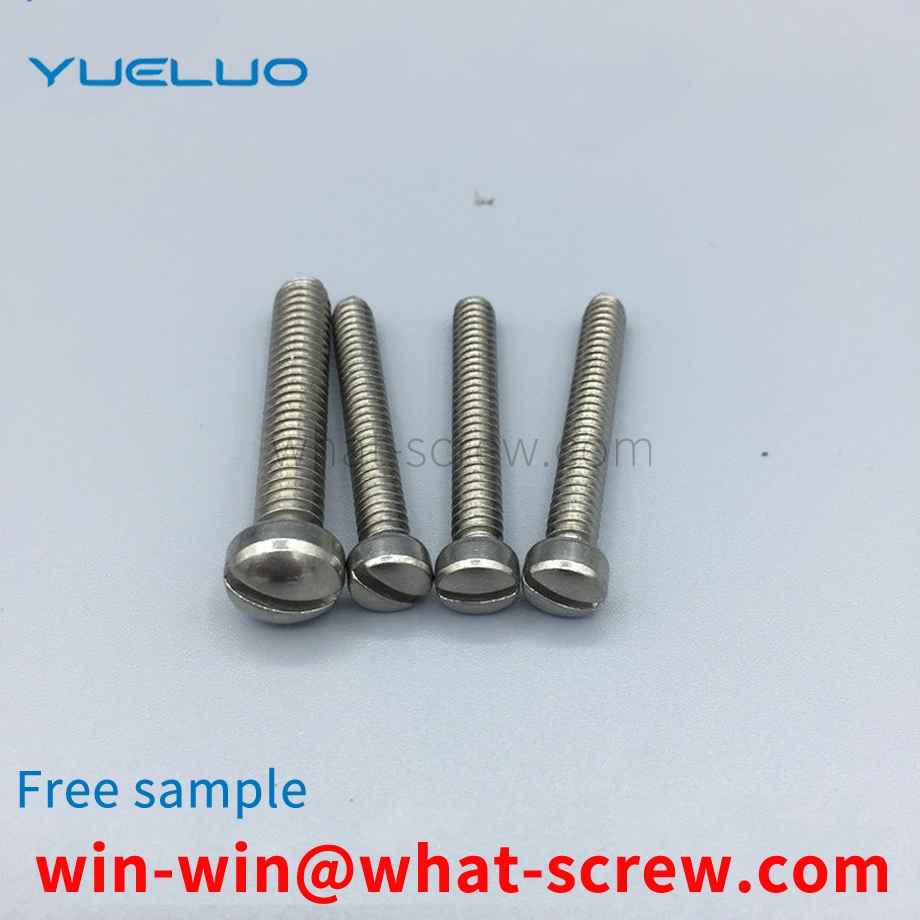
drilling and tapping screw, more specifically, refers to a drilling and tapping screw that can be closely connected to an object without clearance. Screws usually use a screw design to achieve the purpose of tightening, or adjusting distance, or moving or transmitting power. Among them, it is the most common for tightening, and the screws generally used for tightening also usually have The combined function of self-drilling, tapping and locking can achieve the purpose of its tight fit. Known drilling and tapping screws are such as
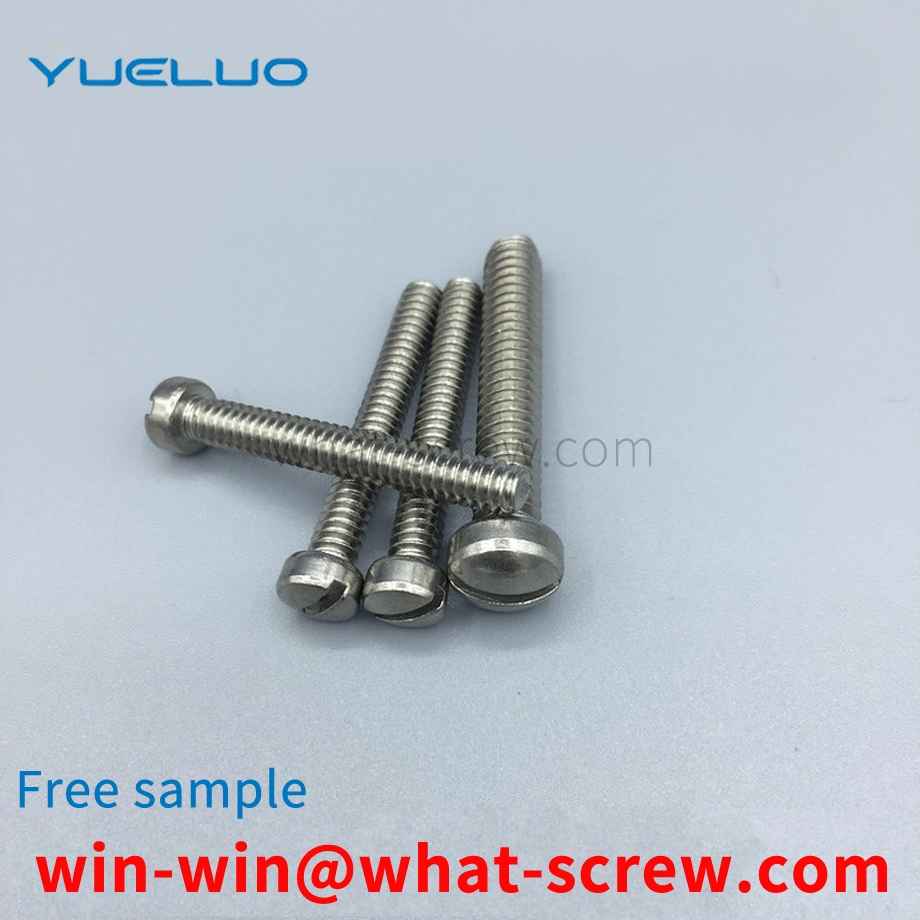
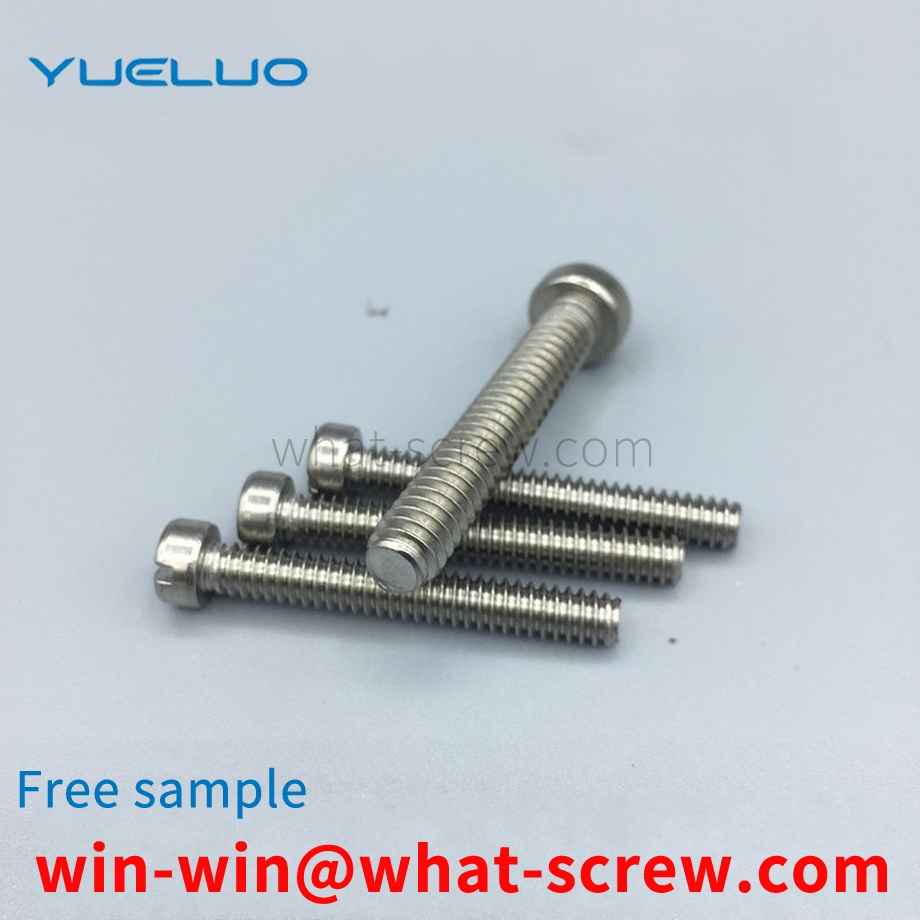
Beneficial effects The commonly used nuts and bolts in the prior art are in the shape of a hexagon, the fastening surface is a regular hexagonal plane, and there are six elastic surfaces, and the adjacent elastic surfaces intersect with a straight line, and the opposite elastic surfaces are parallel to each other, In this way, the tightening operation can be easily performed with conventional tools, which is convenient and practical. However, there are some special occasions where the nuts and bolts of this structure are not suitable. Guangdong Yueluo Hardware Industry Co., Ltd. changed the fastening surface into a pentagon shape, and the adjacent elastic surfaces are connected by an arc angle. sex.
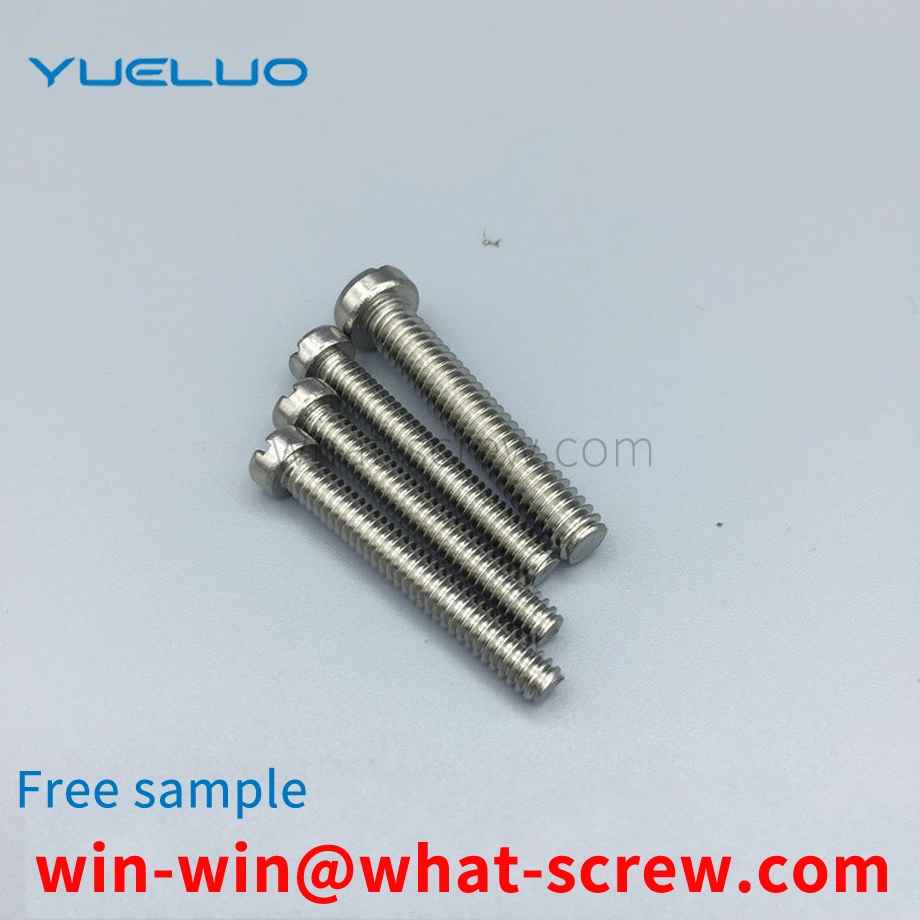
Various stainless steel materials have different properties due to their different material contents, so the corrosion resistance is also different. The following is a brief explanation of several commonly used materials: 304 is a universal stainless steel, which is widely used in the production of good requirements. Equipment and components with comprehensive properties (corrosion resistance and formability). 301 stainless steel exhibits obvious work hardening phenomenon during deformation, and is used in various occasions requiring higher strength. 302 stainless steel is essentially a variant of 304 stainless steel with higher carbon content, which can obtain higher strength by cold rolling. 302B is a kind of stainless steel with high silicon content, which has high resistance to high temperature oxidation. 303 and 303Se are free-cutting stainless steels containing sulfur and selenium, respectively, and are used in applications where free-cutting and high surface finish are mainly required. 303Se stainless steel is also used to make parts that require hot upsetting, because under these conditions, this stainless steel has good hot workability. 304L is a lower carbon variant of 304 stainless steel used where welding is required. The lower carbon content minimizes carbide precipitation in the heat-affected zone near the weld, which can lead to intergranular corrosion (weld erosion) of stainless steel in some environments. 304N is a nitrogen-containing stainless steel, and nitrogen is added to increase the strength of the steel. 316 (18Cr-12Ni-2.5Mo) material: due to the addition of Mo, its corrosion resistance, atmospheric corrosion resistance and high temperature strength are particularly good, and can be used under harsh conditions; excellent work hardening (non-magnetic).
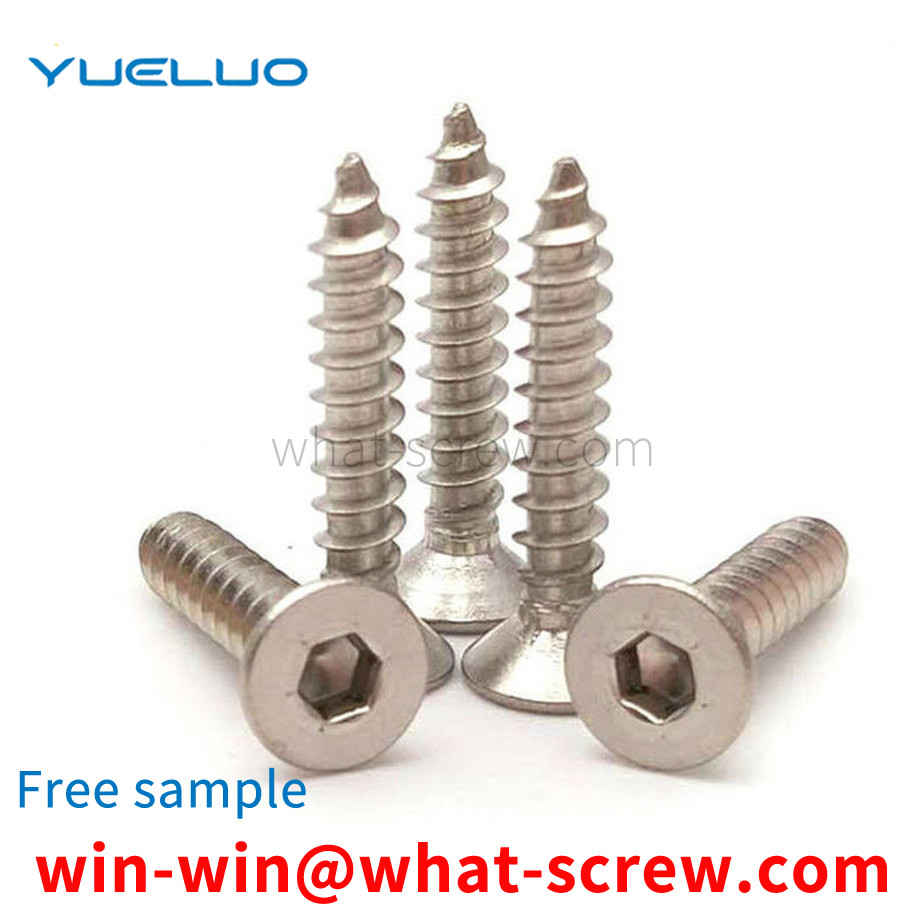
The above content is uploaded by Yueluo or the Internet. If there is any copyright issue, please contact [email protected].

What is the tolerance range of precision screws?

How to choose the right stainless steel screw manufacturer?

Why is there an R angle under the head of the hexagon head s...

We have more than ten years of production experience in the ...

We have more than ten years of production experience in the ...

We have more than ten years of experience in screw industry ...

We have more than ten years of experience in screw industry ...